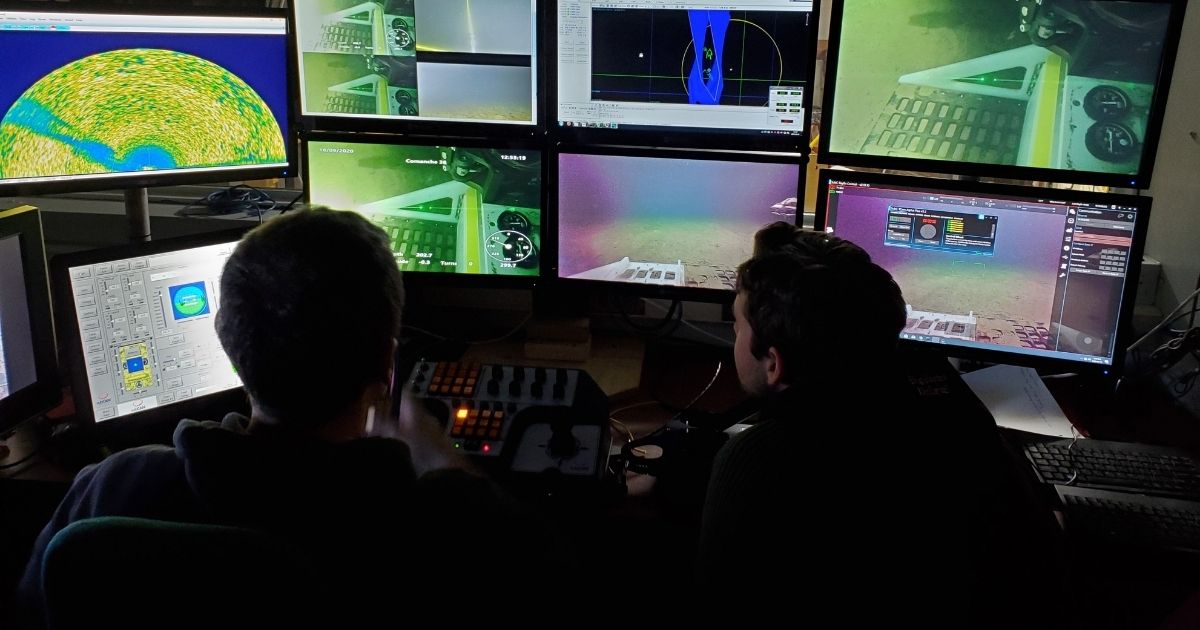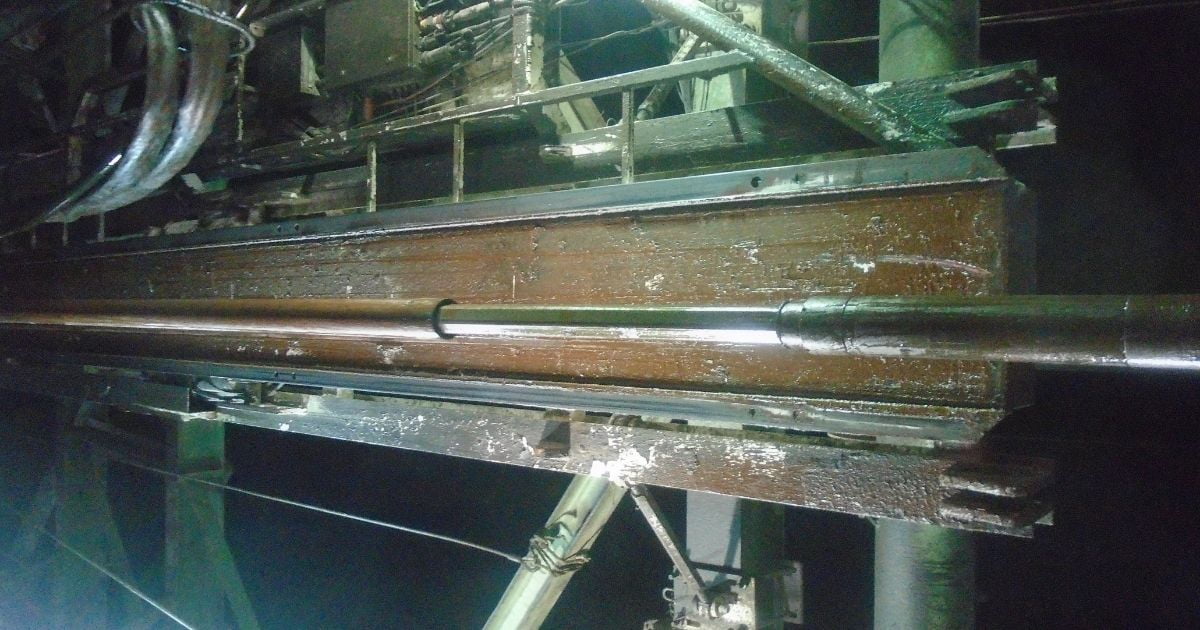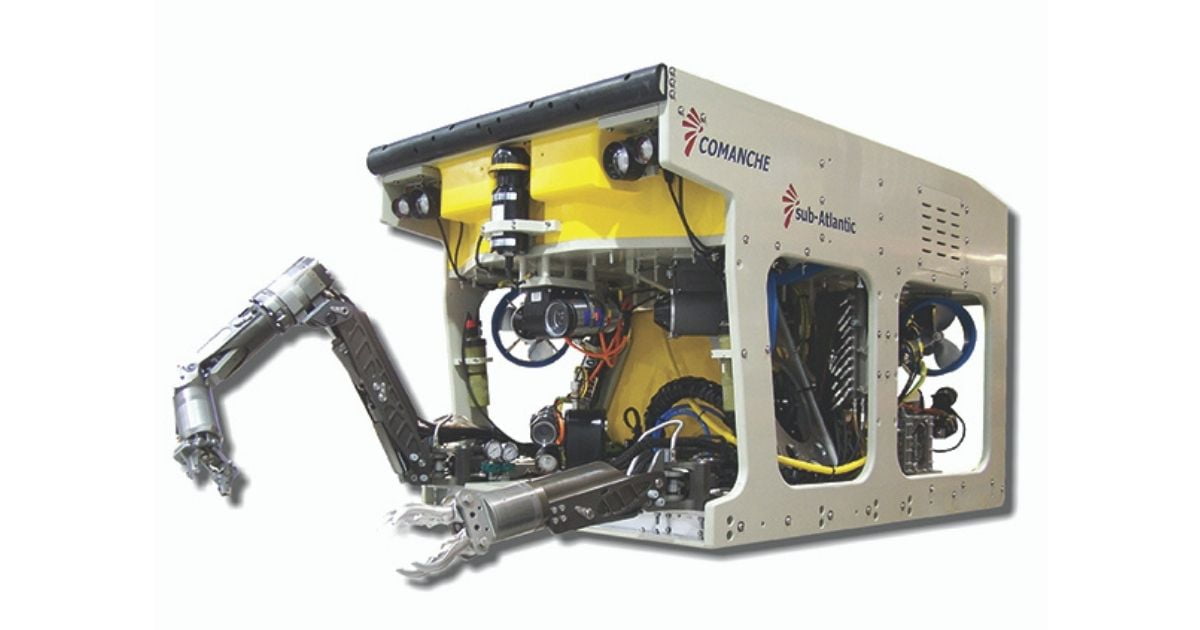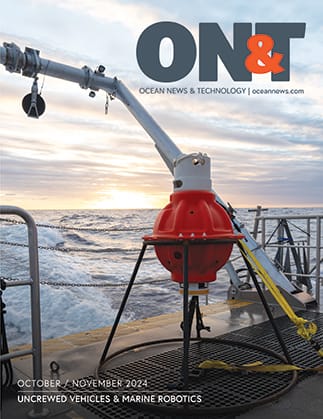The ROV was sold to the scientific research organisation last year and will be supporting exploration of Artic and Sub-Arctic seafloor ecosystems. The vehicle was installed onboard the Canadian research icebreaker vessel, CCGS Amundsen.
The ROV’s deployment procedures and versatile capacity trials included undertaking video surveys, high-resolution still photography of benthic habitats, the collection of coral and other benthic fauna samples, as well as sediment sampling using precisely positioned sediment push cores.
 Photo credit: Amundsen Science
Photo credit: Amundsen Science
Kevin Taylor, FET’s Vice President – Subsea Vehicles, said: “It is vital to the success of this research project that an operationally resilient ROV was chosen to ensure a reliable performance in the harsh environment and depths found in the Arctic. Our Sub-Atlantic Comanche ROV system has passed its sea trials, with its high thrust-to-drag ratio enabling it to operate in strong currents and its high specification with a seven-function manipulator arm successfully achieving complex underwater procedures.”
“This is the second ROV we have delivered to Université Laval and we are thrilled it has passed its sea trials and the organisation is now in a position to begin studying the deep-water corals and cold deep eco-systems of the northern Labrador Sea and Baffin Bay.”
The new Comanche ROV was manufactured at FET’s facility at Kirkbymoorside, Yorkshire and replaces FET’s previously utilized Super Mohawk ROV.
 Photo credit: Amundsen Science
Photo credit: Amundsen Science
Since 2003, CCGS Amundsen has spent over 2,500 research days at sea and accommodated over 1,800 scientists, technicians, students, and professionals from over 20 different countries. The coronavirus pandemic has postponed some of its current work until next year.
Primarily funded by the Canada Foundation for Innovation through Université Laval, the first multidisciplinary expedition of the new ROV this year will allow a contingent of scientists from national research teams to study the marine and coastal environments of the Canadian and Greenlandic waters.
“The Comanche 38 will become a flagship equipment of the CCGS Amundsen for many years to come. We anticipate that it will be used in support of several cutting-edge research projects that aim to better understand the biodiversity and productivity of fragile Arctic marine ecosystems,” said Alexandre Forest, Executive Director of Amundsen Science.

